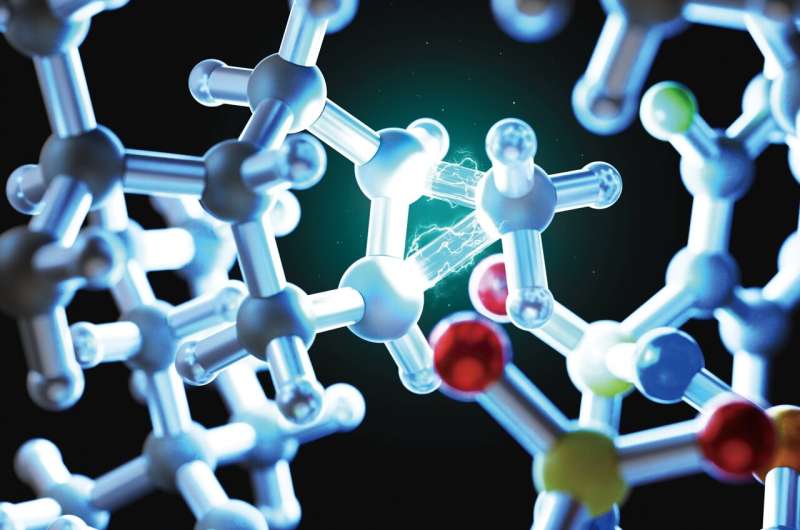Researchers at Hokkaido University have developed a novel method to activate alkanes, a crucial component in the chemical industry. This breakthrough enables the conversion of these stable compounds into valuable products, paving the way for advancements in medicines and materials. The key is the use of a specific class of chiral Brønsted acids, which provide precise control over the reaction mechanism and improve efficiency and selectivity. This discovery opens new possibilities for creating targeted chemicals from common hydrocarbon sources, with potential applications ranging from pharmaceuticals to advanced materials.

Unlocking the Potential of Alkanes
Alkanes, the primary components of fossil fuels, are ubiquitous in the chemical industry, serving as building blocks for a wide range of products, from plastics and solvents to lubricants. However, their remarkable stability and inertness have long posed a challenge for chemists seeking to convert them into more valuable compounds.
Traditional methods for breaking down long-chain alkanes, known as cracking, often result in a mixture of molecules, making it difficult to isolate the desired products. This challenge stems from the highly reactive nature of the reaction intermediate, a carbonium ion, which has a carbon atom bonded to five groups instead of the typical three. Controlling the selectivity of this process has been a Holy Grail for organic chemists.
Catalyzing a Breakthrough with Chiral Brønsted Acids
The research team at Hokkaido University, led by Professor Benjamin List and Associate Professor Nobuya Tsuji, discovered a solution to this long-standing problem. They found that a particular class of confined chiral Brønsted acids, called imidodiphosphorimidate (IDPi), could effectively activate cyclopropanes, a specific type of alkane with a ring structure.
The key advantage of these IDPi catalysts is their ability to donate protons within a confined active site, providing greater control over the reaction mechanism. This allows for the selective fragmentation of cyclopropanes, guiding the process towards the desired products while minimizing unwanted byproducts. By systematically refining the structure of their catalyst, the researchers were able to further optimize the results and produce higher amounts of the targeted compounds.
Precision and Possibilities: A New Era in Chemical Synthesis
The breakthrough achieved by the Hokkaido University team has far-reaching implications for the chemical industry. The ability to precisely control the arrangement of atoms in the final products, a process known as stereoselectivity, is crucial for industries like pharmaceuticals, where molecular structure can significantly influence a compound’s function.
By leveraging advanced computational simulations, the researchers were able to visualize how the IDPi catalysts interact with the cyclopropanes, effectively steering the reaction towards the desired outcomes. This innovative approach not only enhances the efficiency of chemical reactions but also opens new avenues for creating valuable chemicals from common hydrocarbon sources.
The potential applications of this discovery span a wide range, from the development of targeted pharmaceuticals to the production of cutting-edge materials. As the world continues to seek sustainable and innovative solutions, this breakthrough in catalytic alkane activation represents a significant step forward in the quest for greener and more efficient chemical processes.
